Temperature measurement sensors are devices that measure the current temperature and note the difference between the desired temperature and the existing temperature. This is particularly necessary in many industrial processes where temperature control is crucial. The temperature sensor can be used independently or integrated with a computerized process automation system.
Temperature measurement involves the transfer of a small amount of thermal energy from the object being measured to a sensor, which converts this energy into an electrical signal. There are two basic methods of measurement: equilibrium and predictive. In the equilibrium method, the temperature is measured when thermal equilibrium occurs between the measured surface and the sensor element, i.e. there is no significant temperature difference between them. In the predictive measurement method, no such thermal equilibrium occurs, and the final temperature value is determined by the rate of temperature change of the sensor.
Types of temperature sensors used in industry
There are two types of temperature sensors - contact and non-contact. As the terms suggest, contact temperature sensors measure temperature by physical contact with an object or solution, while non-contact sensors use IR waves or sound waves to measure temperature.
Types of contact temperature sensors:
Thermocouples are sensors based on measuring changes in potential or voltage. Voltage occurs when two metals are placed next to each other and there is a temperature difference. These simple basic sensors can detect unusually high temperature differences and can withstand temperatures in excess of 1500°C. Thermocouples are the most popular types of temperature sensors in industry.
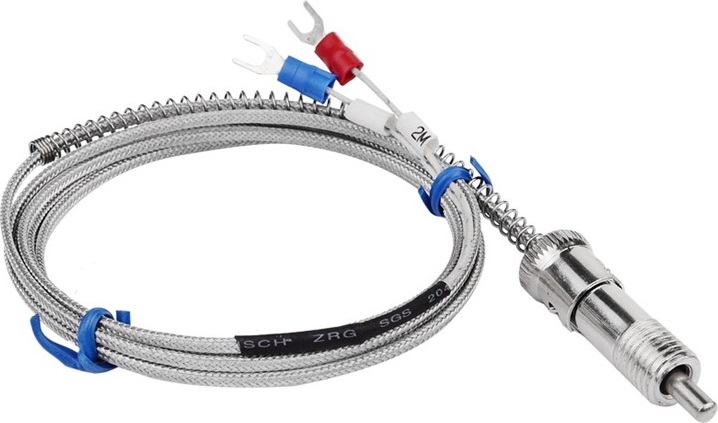
Resistance thermometers, or RTDs, measure temperature based on how resistance varies in different temperature environments.
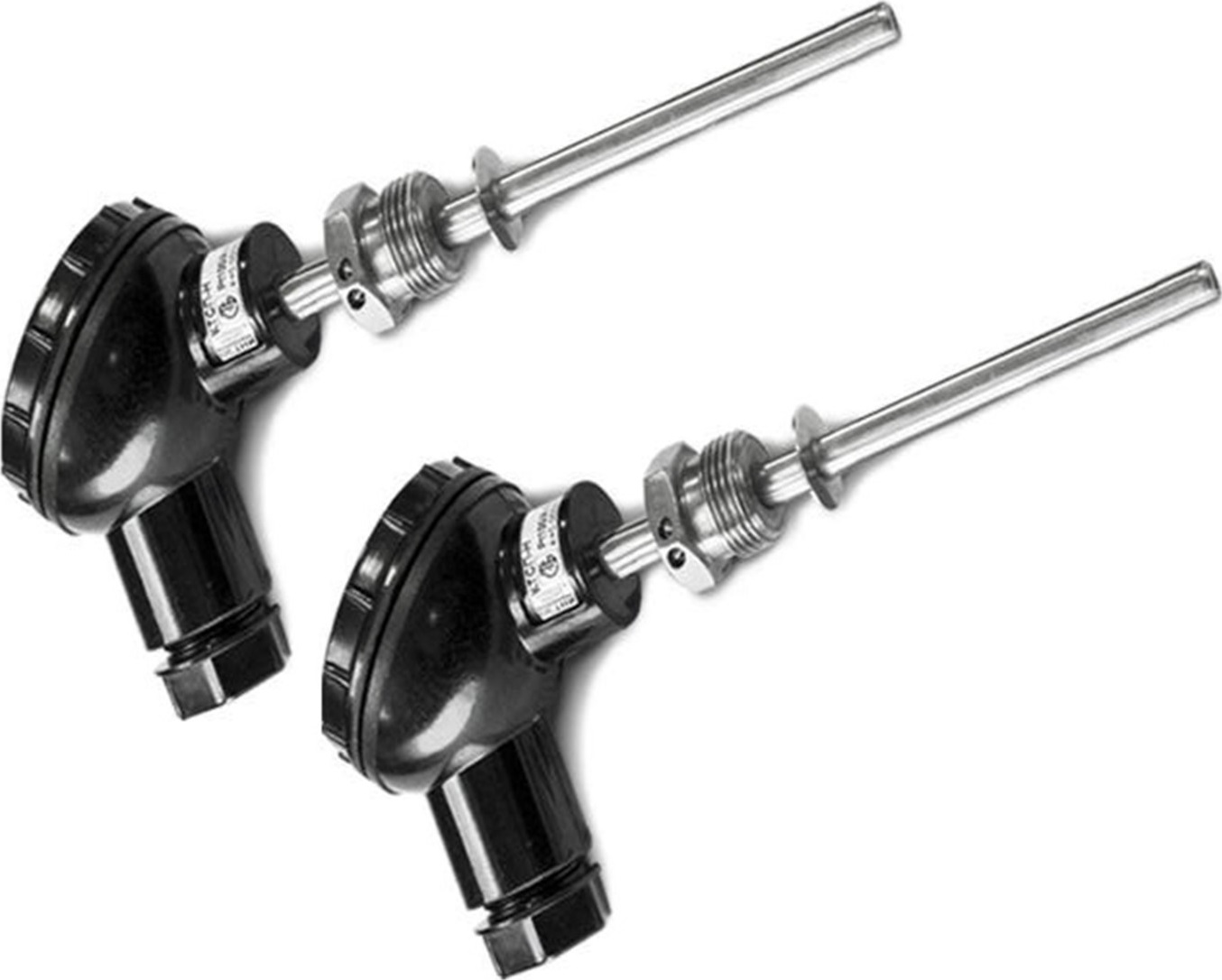
Integrated assemblies contain silicon encapsulated sensors that may have integrated circuits. They provide voltage readings that can be directly read on the display screen of a connected device such as a microcontroller. These sensors are widely used in consumer electronic devices.
Types of non-contact temperature sensors:
Acoustic measuring devices. These devices work on the basis of temperature fluctuations that occur due to the speed of sound propagation. They generally measure temperature using the resonance method.
Infrared measuring devices. These devices use thermal radiation to measure temperature changes. The heat waves are focused on the receiving object. This generates an electrical signal directly proportional to the amount of radiation and measures the temperature.
Types of temperature sensors
The most common types of temperature sensors are:
- thermoresistive sensors;
- thermoelectric transducers (thermocouples);
- optical temperature sensors;
- infrared sensors (pyrometers);
- acoustic temperature sensors.
Thermoresistive sensors
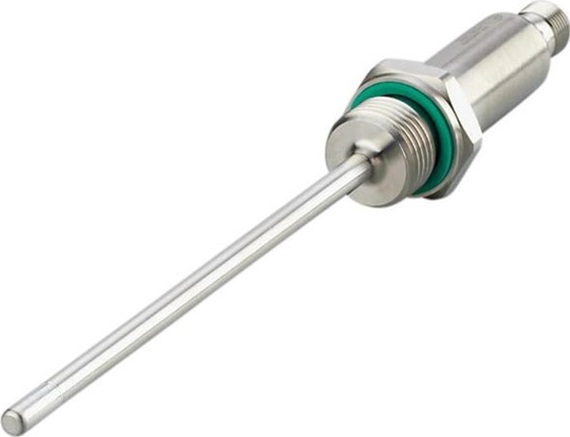
Thermoresistive temperature sensors may also be referred to as thermistors, thermistors, thermoresistors, thermoresistors. A thermistor is a semiconductor device whose electrical resistance changes depending on its temperature. According to the type of resistance dependence on temperature, all thermistors are divided into thermistors with negative temperature coefficient of resistance (NTC thermistors) and thermistors with positive temperature coefficient of resistance (PTC thermistors). In addition, all thermistors can be categorized based on application temperature into:
- low-temperature (measuring temperature up to 170 K);
- medium-temperature (from 170 to 510 K);
- high-temperature (above 570 K).
Thermoelectric transducers (thermocouples)
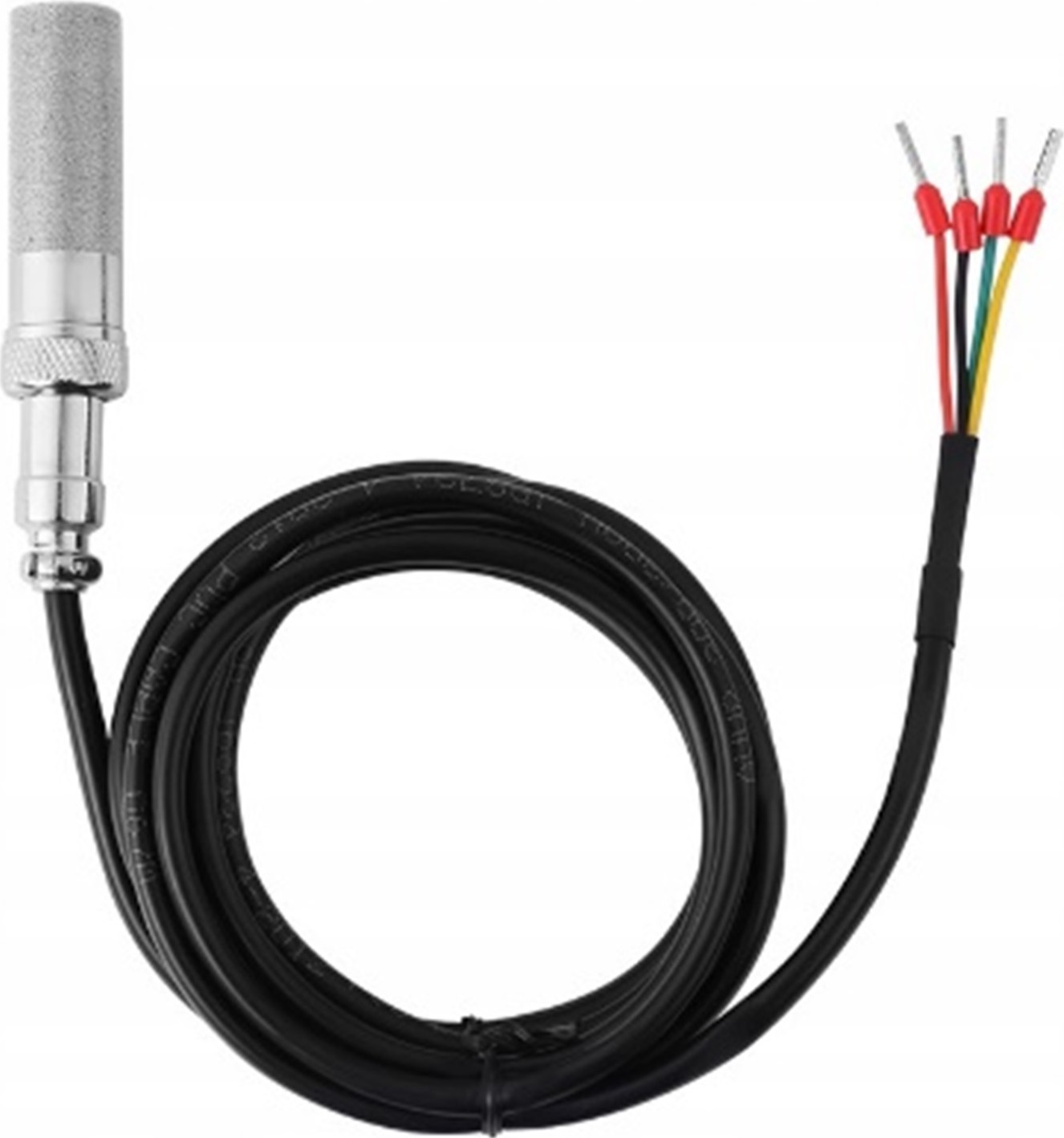
Thermocouples are a temperature measuring device based on the Seebeck thermoelectric effect, the essence of which is as follows: in a closed circuit of two dissimilar conductors, an electromotive force occurs if their junctions (junctions) are at different temperatures. At the same temperature of the junctions, thermo-EMF does not occur.
Depending on the material of the positive and negative electrode, thermocouples are classified into:
- chromel-alumel (K);
- iron-constantane (J);
- nichrosyl-nisyl (N);
- platinum-rhodium-platinum (R);
- platinum-rhodium (30%)-platinum-rhodium (6%) (B);
- copper-constantane (T);
- chromel-constantane (E).
Optical temperature sensors
More precisely now we will talk about fiber optic temperature sensors. The principle of operation of fiber optic temperature sensors is based on the fact that any physical impact on the optical fiber, in this case temperature impact, locally changes the characteristics of light transmission, including backscattered light. The measurement is based on the comparison of spectra and intensity of the initial laser radiation and the radiation scattered in the opposite direction after passing through the fiber.
In addition to fiber optic sensors, there are several other types of temperature sensors that use photons as carriers of temperature information, such as interferometric sensors.
Infrared temperature sensors (pyrometers)
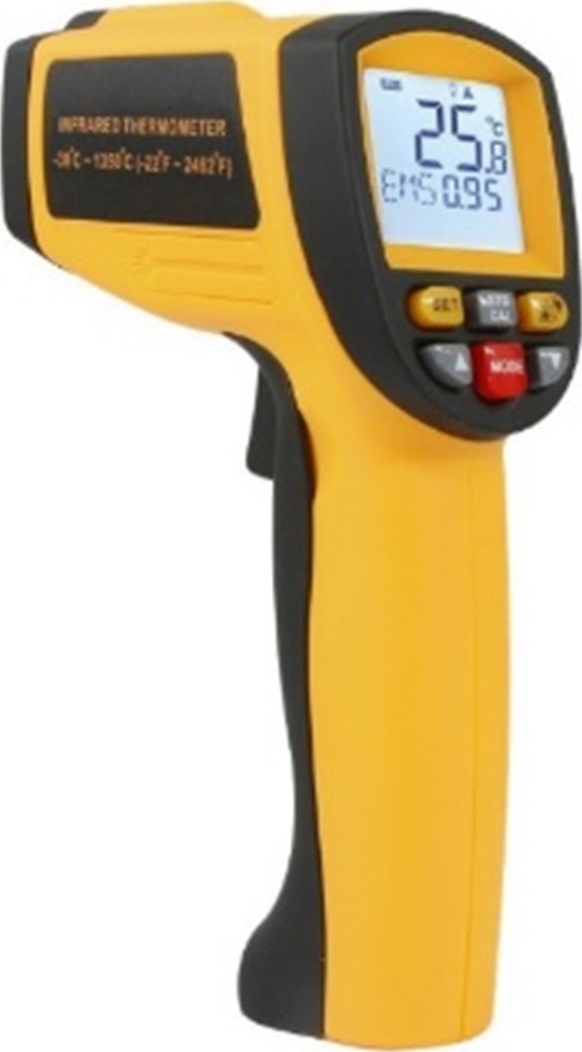
Any object emits infrared light, and the energy of this light increases as the temperature of the object increases. When it reaches the detector element of the IR sensor, the radiation creates an electrical signal proportional to it, which is amplified, processed and displayed.
Classification of IR temperature sensors:
- Optical - allows you to measure the temperature of the object by comparing its color with the color of a reference metal filament heated by electric current in special incandescent lamps.
- Radiation - based on the power of thermal radiation of the measurement object.
- Color - calculate the temperature based on the results of comparison of its thermal radiation in different parts of the spectrum.
Acoustic temperature sensors
Acoustic temperature sensors are used to measure medium and high temperatures where it is impossible to place contact sensors and use pyrometers, e.g. in nuclear reactors, cryogenic chambers, etc. Acoustic temperature sensors are used to measure medium and high temperatures. Structurally, such sensors consist of an acoustic wave emitter and receiver separated from each other. When measuring temperature, the transmitter emits an ultrasonic signal that passes through the medium. Knowing the basic velocity of ultrasound propagation in a given medium at a known temperature, the given temperature of the medium is calculated.
What to consider when selecting a temperature sensor
Integrating temperature sensors into your existing system or installing built-in temperature sensor assemblies will certainly increase the efficiency and accuracy of your heating process. The type of temperature sensor you should choose depends largely on the temperature changes your process can tolerate. Some processes may not be affected by minor temperature changes, in which case you can choose sensors with a wider range of temperature measurement. However, if you require precise temperature control and want to achieve tight tolerances, you need to make your choice accordingly. Below are some tips that can help you choose the type of sensor that is most suitable for your case:
- If you can afford a wide temperature range, choose thermocouple sensors.
- RTD sensors provide extremely accurate readings, and you may want to choose this type if the temperature tolerance levels in your process are relatively low.
- If you are looking for integrated sensor assemblies or sensors embedded in integrated circuits, choose silicon sensors.
Differences between thermocouples and resistance thermometers
In general, it is not appropriate to compare resistance thermometers and thermocouples. However, if we compare their performance in terms of specific criteria, we can see which ones are best suited for certain cases.
- Temperature range: Thermocouples are best suited for high temperature applications. New manufacturing technologies have extended the measuring range of resistance sensors, but more than 90% of resistance thermometers are designed for temperatures below 400°C. In contrast, some thermocouples can be used at temperatures as high as 2500°C.
- Cost: Thermocouples are usually less expensive than resistance thermometers. Resistance thermometers will often cost two or three times as much as a thermocouple with the same temperature and type.
- Sensitivity: Although both types of sensors respond quickly to temperature changes, thermocouples are faster. A grounded thermocouple is almost three times faster than a resistance thermometer. The fastest temperature sensor is an open-tip thermocouple. However, manufacturing improvements have also significantly improved the response time of PT100 thin-film resistance sensors.
- Accuracy: resistance thermometers are typically more accurate than thermocouples. RTDs are typically accurate to 0.1°C, compared to 1°C for most thermocouples. However, some models of thermocouples can match the accuracy of resistance thermometers. Many factors that can affect sensor accuracy include linearity, repeatability, or stability.
- Linearity: The temperature-resistance relationship of an RTD is nearly linear over the range of the sensor, while a thermocouple has an S-shaped pattern.
- Stability: Resistance sensor readings remain stable and repeatable over long periods of time. Thermocouple readings tend to drift due to chemical changes in the sensor (such as oxidation). The linearity of RTDs and lack of drift make them more stable in the long term.
Thermocouples are more economical than resistance thermometers because of the cheaper manufacturing process. Depending on the number of sensors required for your application, this may be a major factor. RTDs, on the other hand, provide a more reliable output. After carefully determining the range and performance required, you can choose the most appropriate type of sensor just for you.
If you are looking for quality temperature sensors for your equipment, you can buy them from a reliable thermocouple sensor manufacturer on the Thermoelement website. We have extensive experience in manufacturing heating systems, so we can accurately understand your temperature measurement requirements and select or manufacture the most suitable thermocouples for you.
